Garden
Introduction
Author-Uploaded Audio
Listen to a narration of this entry's description by Lougheed House National & Provincial Historic Site .
Text-to-speech Audio
Images
Image 1, Lougheed house and formal Gardens, 2020
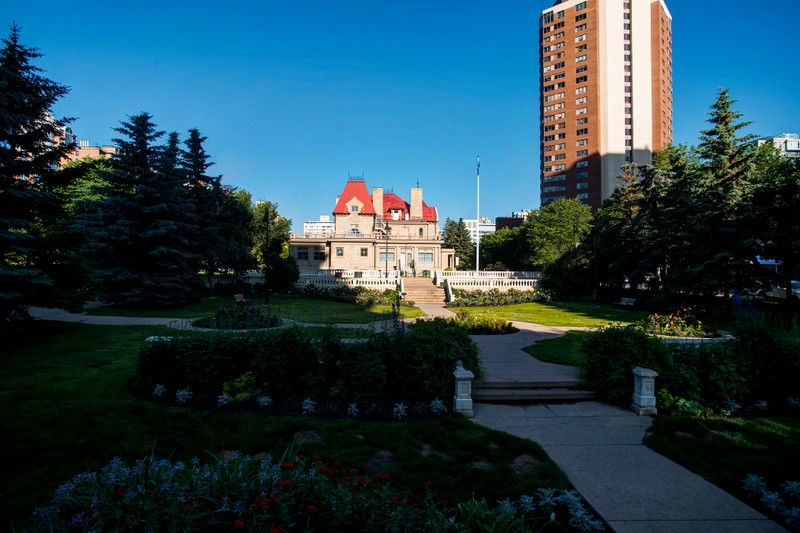
Image 2, West Side of the house, 2020.
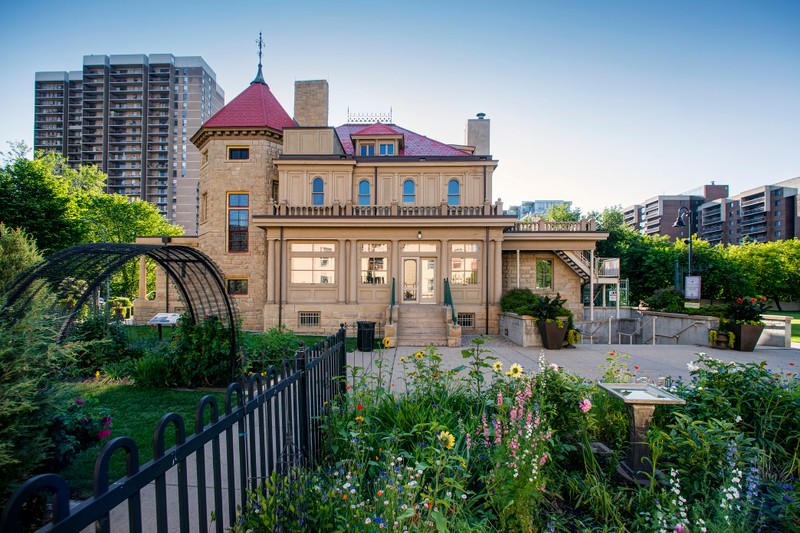
Image 3, Vegetable Garden, 2020.
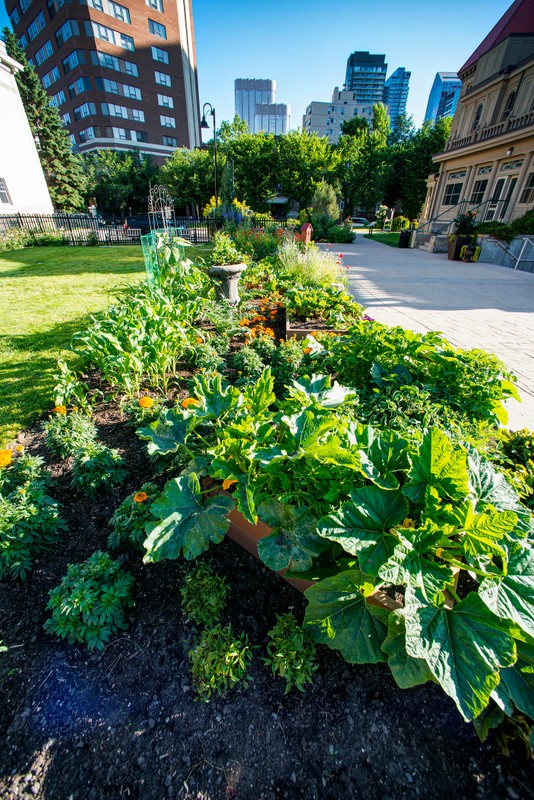
Image 4, Wild flower garden, 2020.
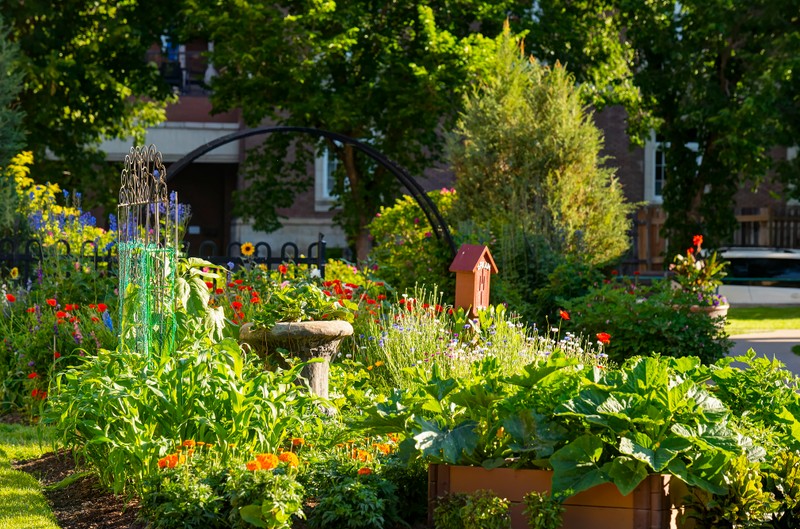
Image 5, Lougheed Crest on the east side of the house, N.D.
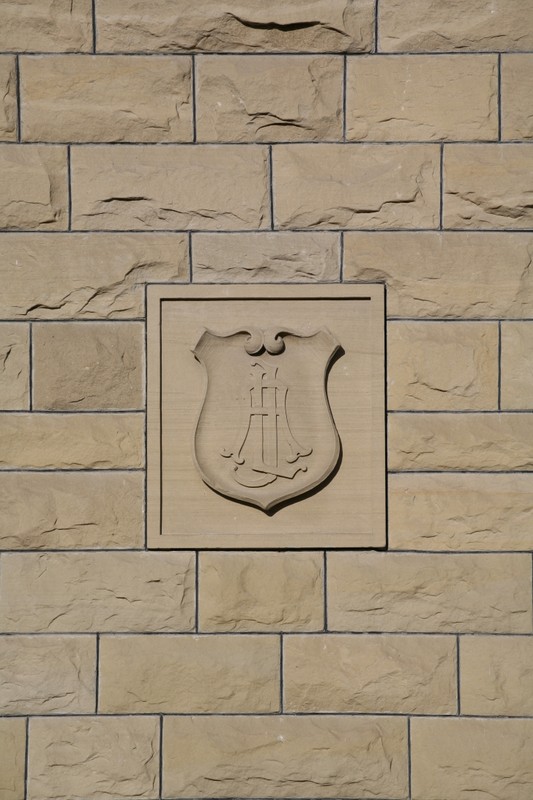
Backstory and Context
Author-Uploaded Audio
Listen to a narration of this entry's description by Lougheed House National & Provincial Historic Site .
Text-to-speech Audio
This is Sandstone (Images 5 & 6).
It was a popular building material in Calgary due to its local abundance, and its protective value.
In fact, when a downtown fire in 1886 destroyed 16 of Calgary’s buildings, town council passed an ordnance which stated large buildings must be made of Paskapoo sandstone.
Calgary was even nicknamed “Sandstone City” – which gave it a unique flair not found in other wood cities on the prairies.
So when architect James R. Bowes designed Lougheed House, he made the natural choice to go with the building material in vogue with all the buildings downtown.
Around the foundation of Lougheed House, the sandstone is rough and unfinished. It makes a distinct change as it rises above elevation, becoming smoother and more formal. It is this light brown stone that makes the house so distinct and unforgettable.
Sources
.
Chris Stutz, Chris Stutz Custom Photos
Chris Stutz, Chris Stutz Custom Photos
Chris Stutz, Chris Stutz Custom Photos
Chris Stutz, Chris Stutz Custom Photos
LHCS Collection
